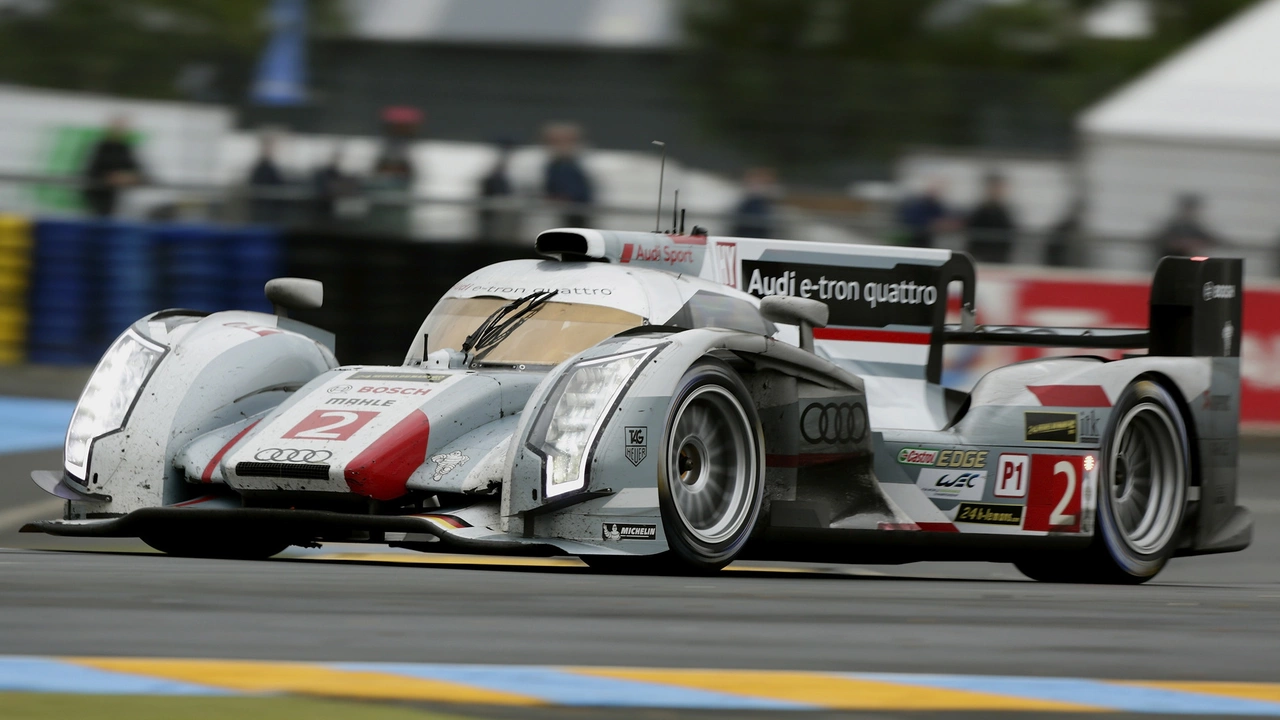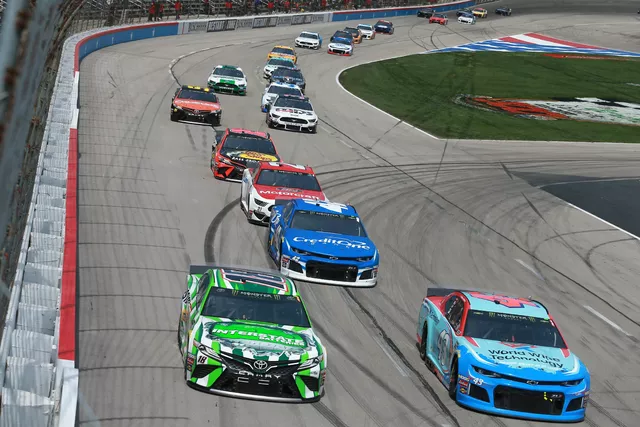Dominance in Motorsports: What Makes a Team or Rider Rule the Track?
When you hear the word “dominance” in racing, you picture a car or bike that just tears up the competition. It’s not magic – it’s a mix of fast tech, razor‑sharp skill, and smart strategy. In this article we break down why some names keep showing up at the top and how that power affects everyone watching.
Tech Edge – The Engine Behind Dominance
First up, the machines. In Formula 1, a team’s budget lets them push aerodynamics, hybrid power units, and tyre management further than anyone else. That’s why a few manufacturers dominate season after season. In MotoGP, the balance is different – the bike’s chassis, electronics, and rider‑adjustable settings matter just as much as raw horsepower. When a rider can fine‑tune the bike to the track, they often leave the rest eating dust.
Human Factor – Skill, Mindset, and Teamwork
The driver or rider is the final piece of the puzzle. Think about Max Verstappen’s aggressive line‑taking or Marc Márquez’s ability to recover from a slide. Those instincts come from years of practice and a fearless mindset. But nobody wins alone. Pit crews, engineers, and strategists all feed the same data that lets the driver decide the best moment to push or hold back.
Dominance also shows up in the way a team handles pressure. During a close race, the team that stays calm and makes the right tyre call often walks away with the win. That’s why you see the same crews winning multiple races – they’ve built a rhythm that works under stress.
Fans love this back‑and‑forth. When a rider looks unbeatable, the audience gets pumped to see if anyone can break the streak. It creates drama that fuels viewership and keeps sponsors interested. In turn, money flows back to the dominant teams, widening the gap even more.
Safety is another angle. Dominant teams usually have the best safety tech. When a car or bike is built with top‑grade crash structures, the risk to the driver drops. That’s why discussions about whether MotoGP is riskier than F1 often mention how dominant teams invest heavily in rider protection gear.
Still, the sport isn’t locked in forever. Regulations change, new talent arrives, and even the most dominant teams can slip. Remember the 2016 season when a new tyre supplier shook up the F1 order? Or when an unexpected rain race let an underdog win in MotoGP? Those moments remind us that dominance is a moving target.
If you’re a fan who wants to keep up, focus on three things: the technical upgrades each team announces, the driver or rider’s recent performance, and any rule changes that level the playing field. Those clues give you a good feel for who might dominate the next race.
Bottom line: dominance in motorsports isn’t just about speed. It’s a blend of cutting‑edge tech, fearless humans, sharp teamwork, and the ever‑shifting rules that keep the sport fresh. Whether you cheer for the powerhouse or root for the challenger, understanding what creates dominance makes every lap that much more exciting.

Well, folks, let's talk about Audi, the king of LeMans. They've been ruling the roost like a rooster with a rocket booster! It's not just a fluke, you know. Their secret sauce? A combo of top-notch engineering, innovative hybrid technology, and strategically changing their tires less often. Sounds simple, but they've got the recipe just right. Now, if only I could apply that same strategy to dominating my fantasy football league!
Maverick Kincaid Aug 3, 2023



